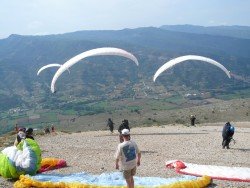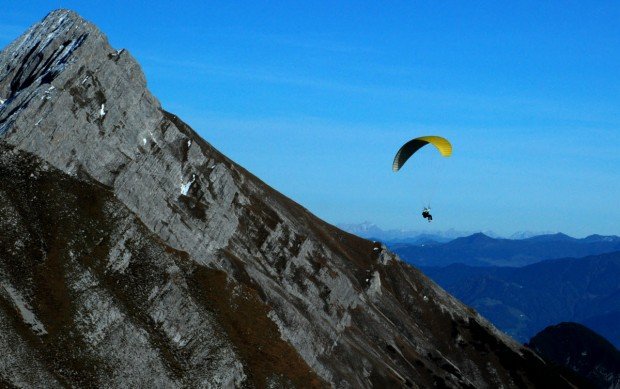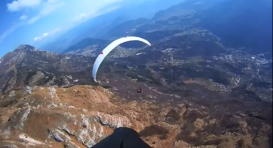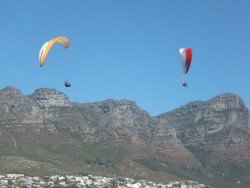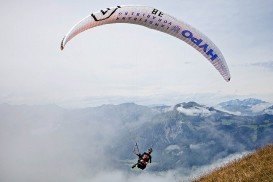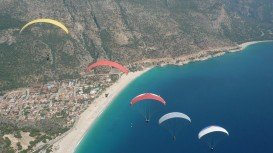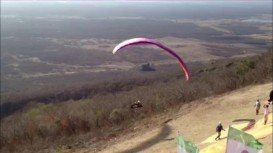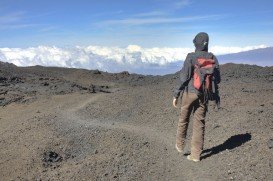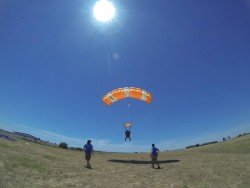Valley altitude:
620 m/2034 ft
Altitude difference:
1280 to 1690 m/4199 – 5544 ft
Jumping height:
1900 m/6233 ft
GPS Coordinates take off site:
47°19'55" (47.3322)N; 11°13'24" (11.2236)E
GPS Coordinates landing site:
47°19'32" (47.3256)N; 11°11'38" (11.1939)E
Innsbruck is situated in the western Austria, on the broad valley right among high mountains (Hafelekar in the north, Patscherkofel and Serles in the south) and half way between Munich (Germany) and Verona (Italy). It is the capital city of the federal state of Tyrol in the Inn Valley on the joint with the Wipptal (Sill River) that provides admission to Brenner Pass, at approximately 30 km / 18.6 mi in the south of Innsbruck.
Seegrube lies at about 25 minutes in the south of Innsbruck. Seegrube is well known for being a paragliding paradise. It is accessible from Innsbruck by cable railway. Launch site is situated at approximately 150 m / 492 ft high in the west of the mountain.
The haul flights that are possible are to the west and east. The altitude of the valley is at 620 m /2034 ft asl. The altitude difference is from 1280 to 1690 m /4199 – 5544 ft. The amazing paragliding that takes place in winter is a combination of ski and paragliding. If you want to paraglide in winter, you will have to ski and then fly!
You will jump from a height of 1900 m /6233 ft!!!. Enjoy the magnificent view of Tyrol and then land safely and gently. Bear in mind that you will be flying within the control zone of Innsbruck. Occasionally only the areas “Nordkette” with maximum 2438 m /8000 ft high and “Glider area B” of 3352 m /11000 ft high are cleared by the air traffic control for members and day visitors. So before starting or ingress is necessary to assure that the concerned area is open.
Also the landing site is located at the northern end of the CTR. For this reason, do not fly over the road that connects the villages, aka in the Inn Valley. At the landing place, you should fly as low as possible. With strong valley winds, sometimes turbulent lee vortexes are forming at the end of the landing site.
